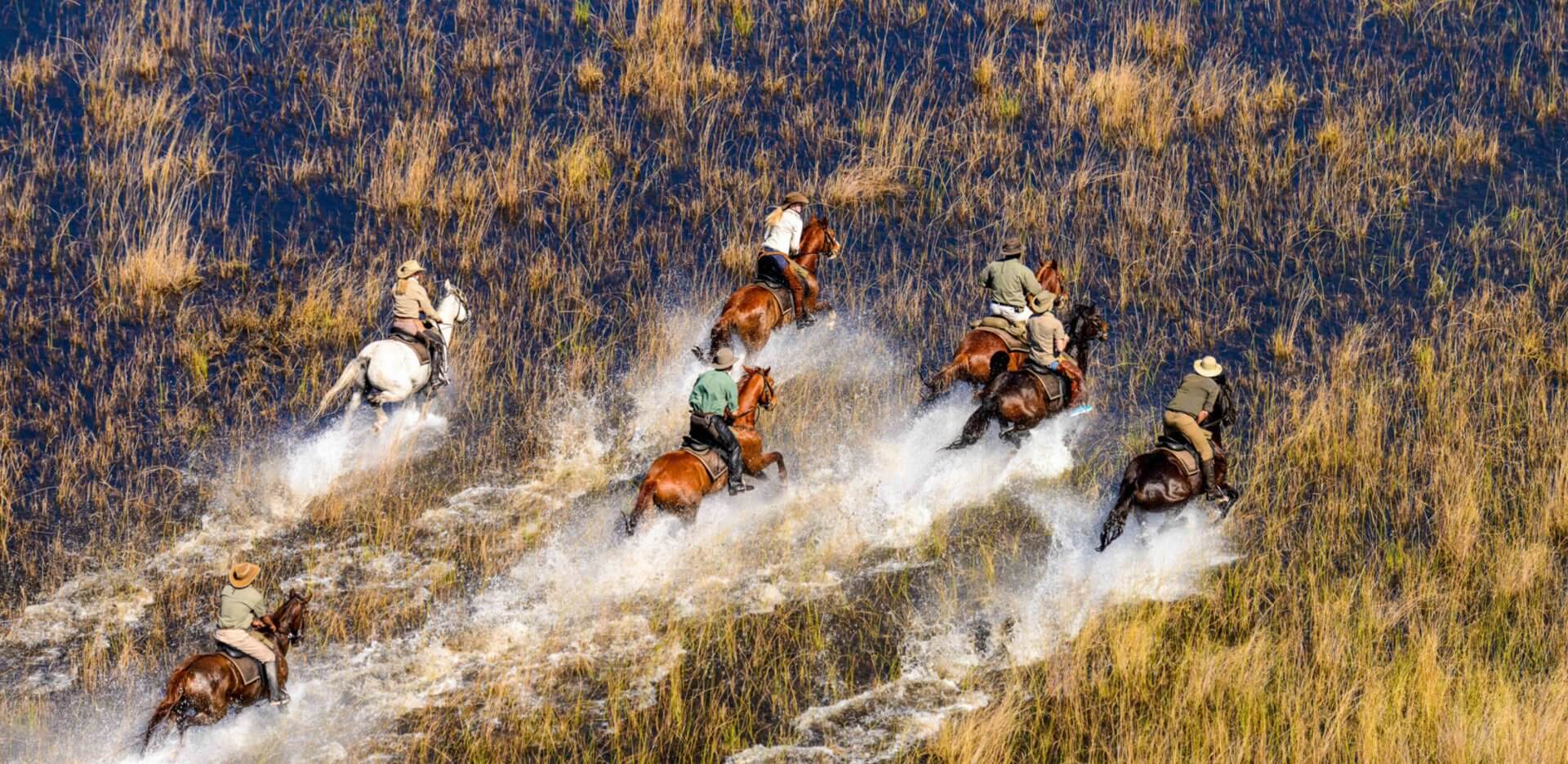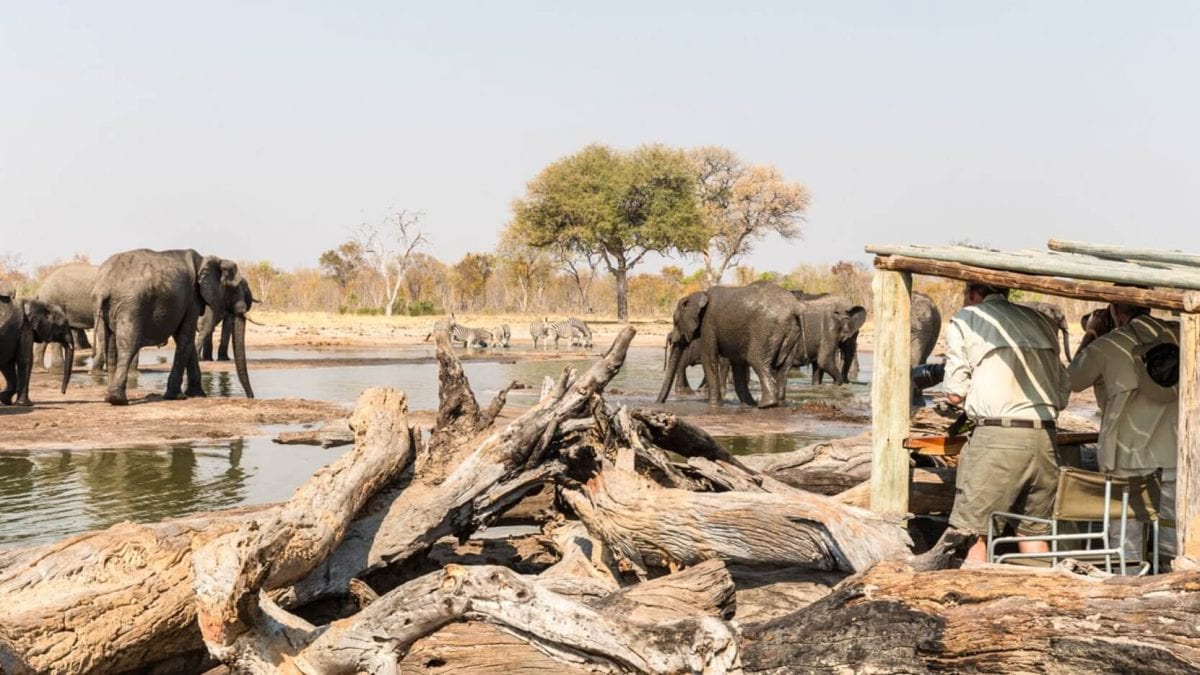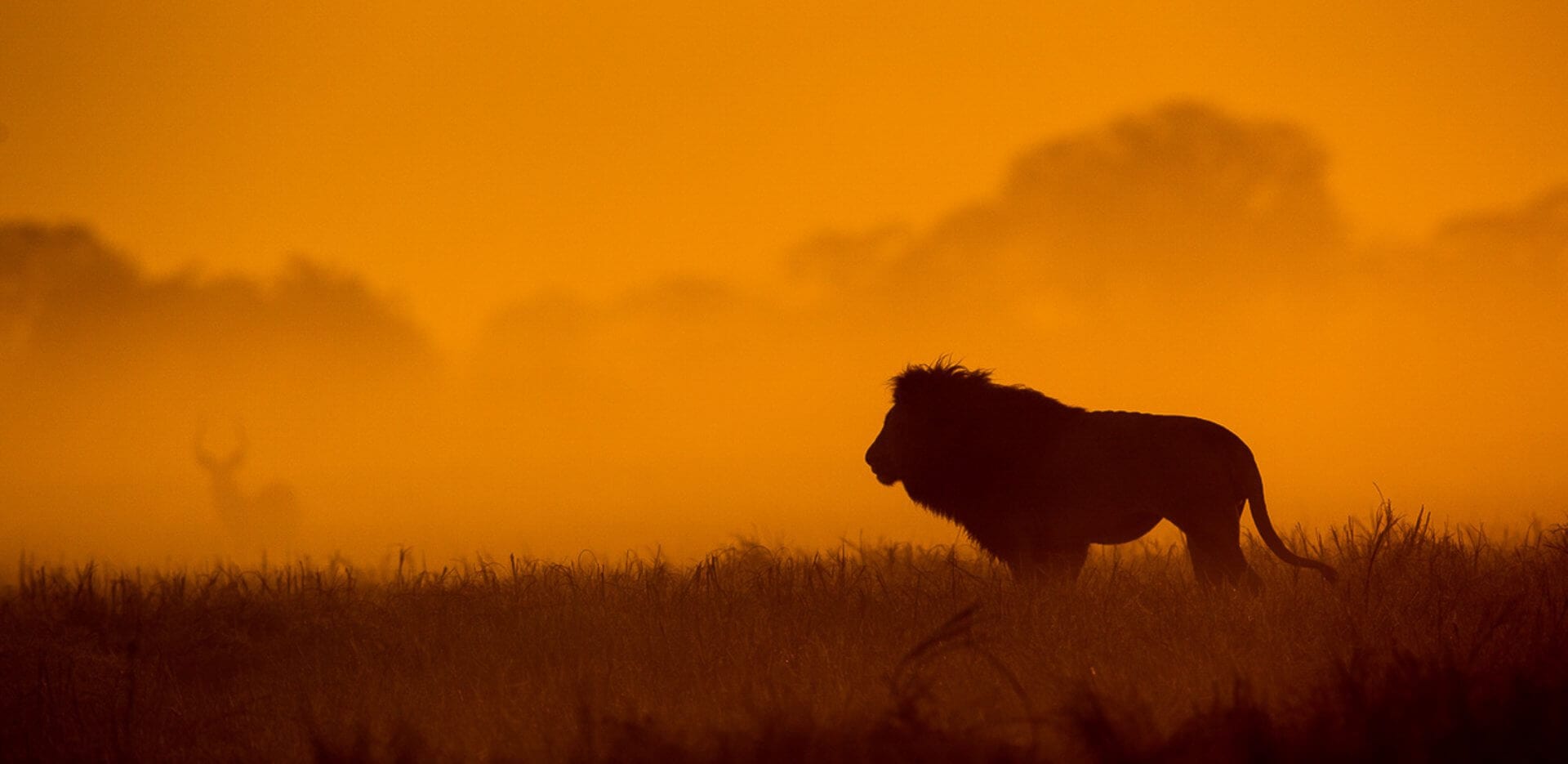
Experience Authentic African Culture
July 20, 2021
Experience a Horseback Safari
July 20, 2021
Experience Authentic African Culture
July 20, 2021
Experience a Horseback Safari
July 20, 2021
There can be few experiences to match the natural and secretive experience that one has when sitting in a specialised hide, near a waterhole or overlooking one.
The close proximity to whatever turns up at the waterhole is extraordinary and for the majority of cases it is quite some feeling knowing that the animals do not know that you are there. Ultimately that is how we want to interact with Africas wildlife. To be there without affecting their normal behaviour. It is simply an extraordinary experience!
Surprisingly there are not that many places that do these specialist hides. Zimbabwe and Zambia have the most number of them and have done this kind of safari for a very long time and are specialists at combining hide safaris with walking or vehicle safaris. Botswana has a few camps that have hides, as do Tanzania and Kenya, but you can count them on one hand. For the ultimate combination of walking vehicle and hide based experiences it is a Zimbabwe safari or a Zambia safari that you should be looking at for your trip.
It goes without saying that a hide safari delivers high quality photographic opportunities, being so close to the species of animal and bird that visit one can get a quite incredible shots. Bean bags, tripods and monopods can all be used in the hide and help to capture crystal clear images of course.
A specialist hide safari experience possibly isn't for everyone given the close proximity to big and dangerous game species such as elephant and lion especially if it is a log pile hide where you literally only have large tree trunks and branches surrounding you and being a barrier between yourself and whatever is around you. You are safe for sure but your heart may beat somewhat faster and you will feel incredibly small and insignificant!
Specialist Hide Safari FAQs
A specialist hide safari or just a hide is a small inconspicuous structure usually erected near a place where wildlife and birds tend to gather in larger numbers. One of the most common places for a hide to be placed is near a waterhole or river. Visitors are then encouraged to be as quiet as possible while in the hide, which gives the best outcome for some close wildlife and bird encounters. A specialist hide is any wildlife photographers dream and you could find these individuals frequenting a hide for hours and even days on end to get that perfect shot.
This mainly depends on the location of the hide, but you can expect to find most wildlife and birds that frequent the park or conservancy you are in to visit the hide at some point in time, especially when it is located near water. Mana Pools National Park in Zimbabwe, for example, has a great hide slightly sunk on the edge of a waterhole where large herds of elephant gathering to quench their thirst. Some of the most dramatic encounters in the bush have been witnessed at specialist hides, so it is well worth spending some time at one.
Photographic hides as they are also known are spread all across Africa and almost synonymous with the word safari. Some of our picks for the best hides are Mana Pools in Zimbabwe, King's Pool in Botswana, the Terrapin Photographic Hide near Jaci's Lodge in South Africa, Andersson's near Ongava in Namibia, the hides at Kaingo and Mwamba in Zambia and for a more luxurious hide experience the Hide Safari Camp in Zimbabwe. There are actually too many to name here, but we'll be sure to set you up with the best ones on your itinerary.
If we are talking months, then the best would be during the drier months at the various safari destinations, as this guarantees larger concentrations of wildlife around hides at watering points than when water is more abundant during rainy seasons.
Referring to the time of day, the best would be early mornings or late evenings to spot the hunters as they are usually having their drink before or after a long night of stalking & feeding. An experienced guide at the location visited will be able to give the best advice on when what wildlife frequents a hide, as this may differ from hide to hide and also dependant on the time of year and also the time of day.
































